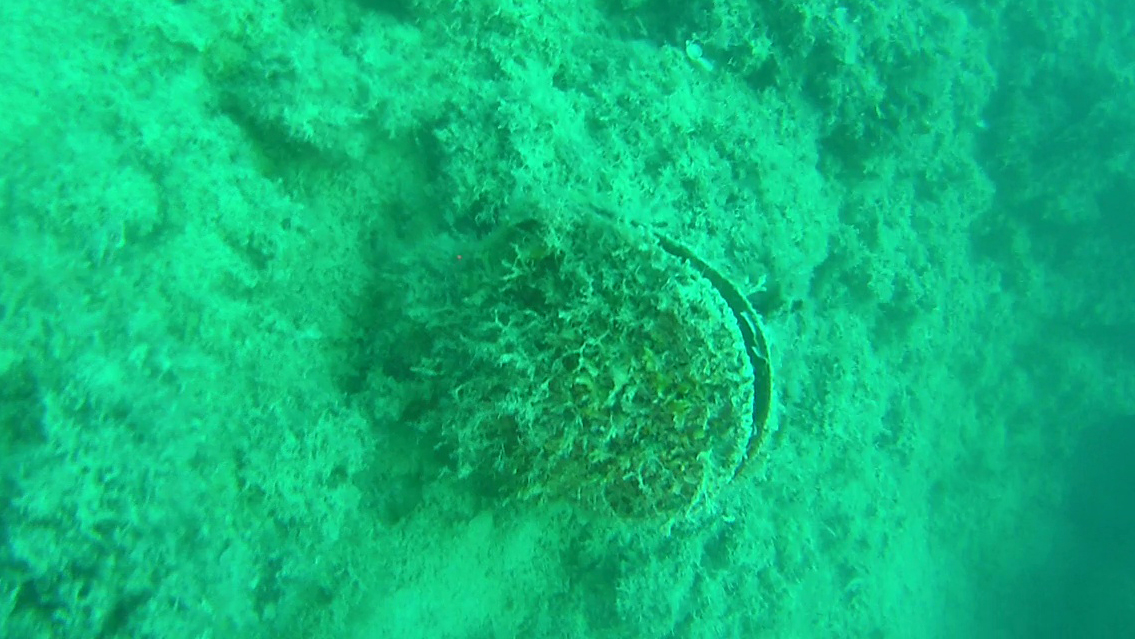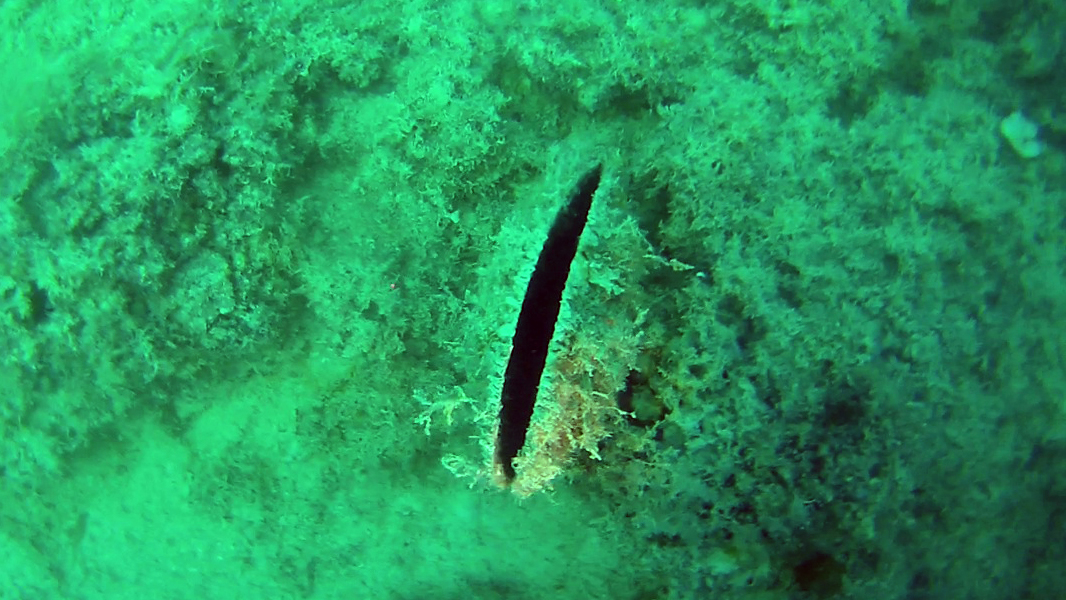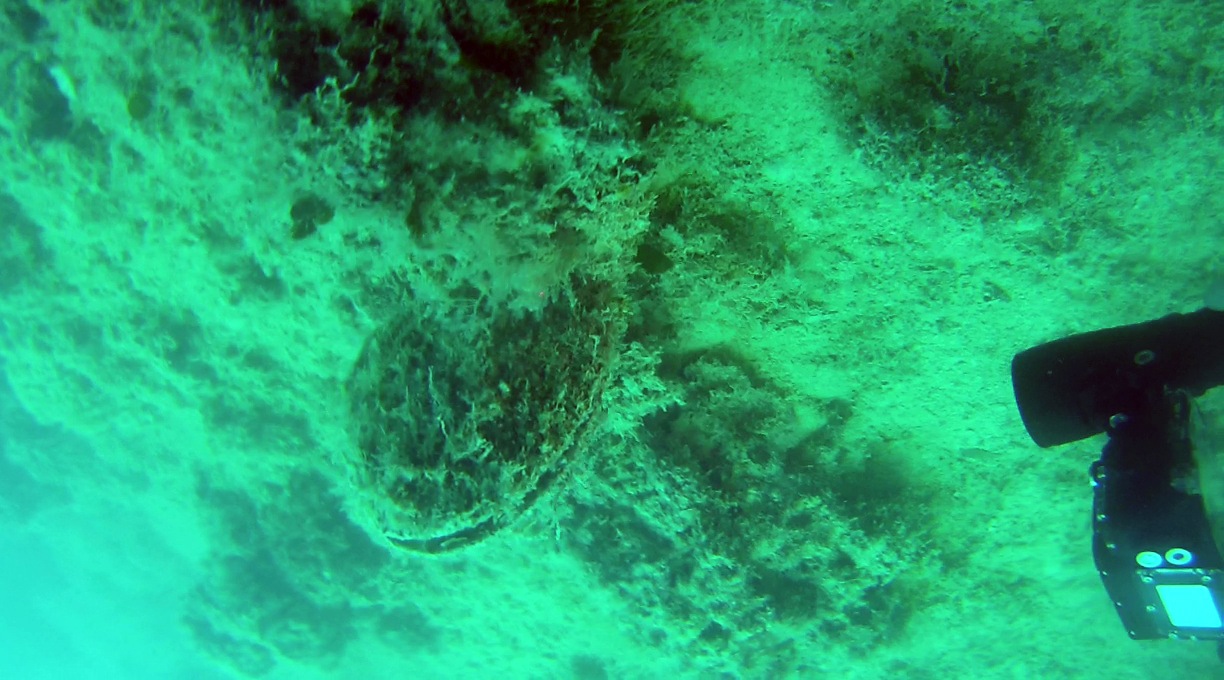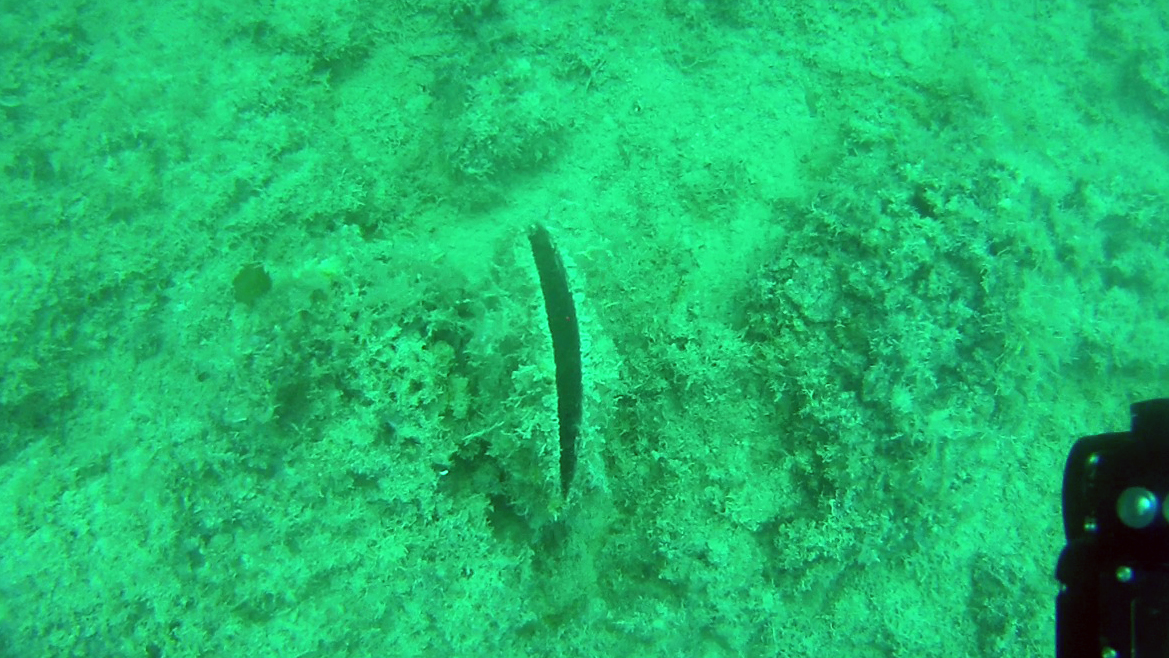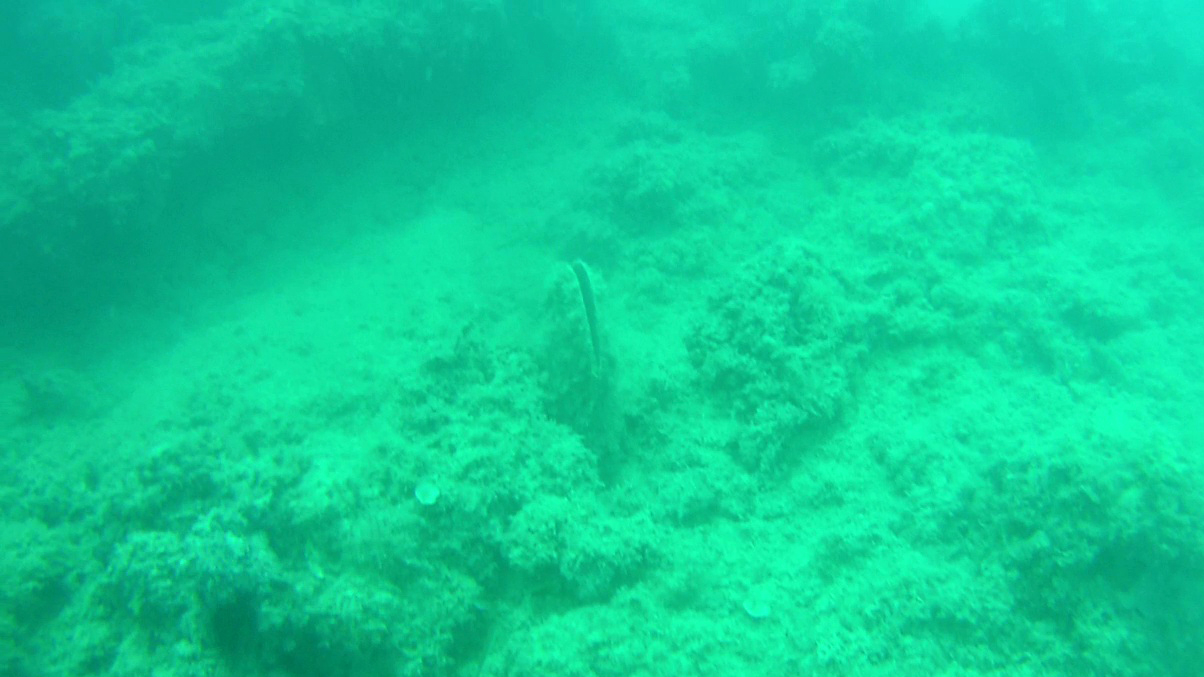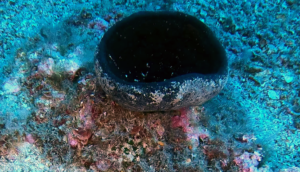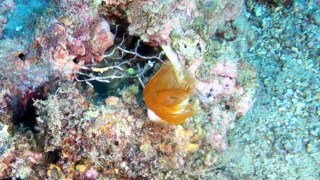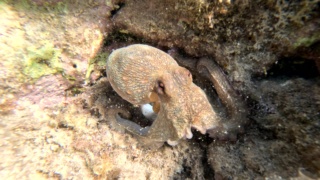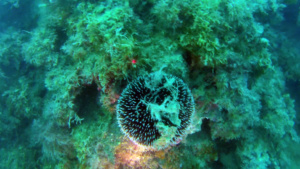During a scuba diving in a seabed of about twenty meters of sand and rock, I found a specimen of Noble Pen Shell, Pinna Nobilis, probably affected by the parasite Haplosporidium Pinnae. The video was shot on the coast between Livorno and Castiglioncello. Noble Pen Shell Pinna Nobilis Haplosporidium Pinnae intotheblue.it
Pinna nobilis (Linnaeus 1758), commonly known as castanet, common fin, mussel pen or stura, is the largest bivalve present in the Mediterranean Sea. It can reach one meter in length. Its collection is prohibited. In any case, since it is a filter mollusc, it is extremely risky to eat it as it accumulates by absorbing large quantities of pollutants and pathogens from the sea. For this reason it has been used as an indicator of marine pollution.
The threats to the survival of Pinna Nobilis are many, first of all marine pollution that compromises the development of the larval stage, the withdrawal of man for ornamental purposes and fishing with invasive methods, such as trawling are favoring their his disappearance. Noble Pen Shell Pinna Nobilis Haplosporidium Pinnae intotheblue.it
So Pinna Nobilis must also fight with a parasite, Haplosporidium Pinnae, a microbacteria, an anthozoan of the genus Haplosporidium which causes a practically fatal disease for this bivalve mollusc.
Haplosporidium Pinnae has now spread throughout most of the Mediterranean Sea, from the Spanish coast to the central Tyrrhenian Sea up to Cyprus, where there have been dead or dying epidemics of Pinna Nobilis.
This parasite interferes with vital processes and practically makes it impossible to close the shell valves. The hope is that some specimens that live in isolated areas will be able to stay away from the infection, in order to preserve this important mollusk. The epidemic exploded in 2016 and has now come to threaten the specimens of our seas.
In the video it is not seen very well but I tried to go around and touch the animal, to look for some defense reaction that didn’t happen. Usually Pinna Nobilis close the valves at the first sign of danger or the presence of an intruder. This suggests that this parasite is now more widespread than expected.
 English
English Italiano
Italiano


